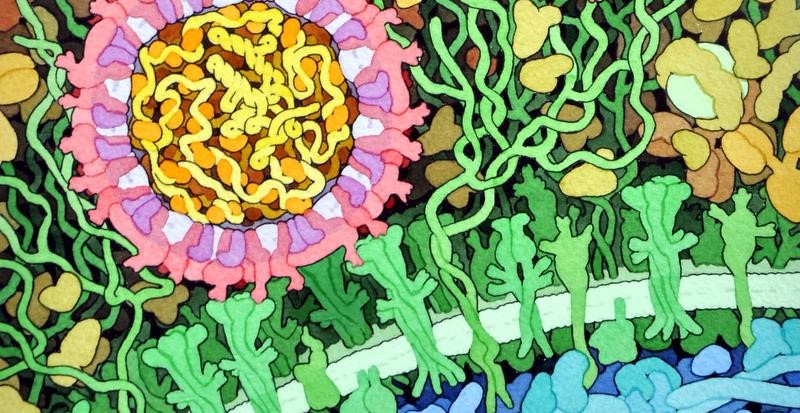Free Courses Sale ends Soon, Get It Now


Free Courses Sale ends Soon, Get It Now



Source: Hindu
Disclaimer: Copyright infringement not intended.
Context
Details
Background
What does a virus do inside the body?
Inside the body, viruses undergo a series of steps to establish infection and replicate:
Entry into Host Cells:
Attachment and Entry:
Replication:
Assembly and Release:
Spread and Transmission:
Novel Defense Mechanism
Implications
About Dengue Fever
Symptoms:
Diagnosis:
Treatment:
About Zika Virus
Symptoms:
Congenital Zika Syndrome (CZS):
Diagnosis:
Treatment:
Must read articles:
Sources:
|
PRACTICE QUESTION Q. Discuss the strategies employed by viruses to establish infection and transmit to new hosts. How do these strategies interact with the host immune response? Explain with relevant examples. (250 Words) |
© 2024 iasgyan. All right reserved